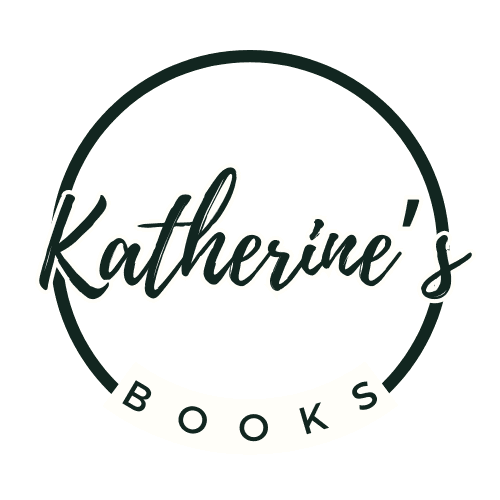Novel Creation Ideas
I would like to talk about the first step in my novel creation process. Really, the very first thing I do is think. At this stage, I’m considering just very basic ideas like: What sounds like fun? What makes me excited? What’s the coolest thing I can think of? What makes me go ooooh and aaaah? What’s the most absurd thing that could happen?

This thinking process takes a minimum of one day, but it can last an entire week. I deliberately don’t write anything down. I just let my mind flow. I think about it at night before I fall asleep, and if I forget something in the morning, that’s okay. I just let my mind roam and have fun.
After a while, something will begin to solidify. It actually happens without me paying too much attention. It’s as if an idea grabs hold, and my conscious or subconscious just starts to create a little bit of a story. When that happens, I know I have reached the “I can’t wait to get started” phase.
At this point, I take a little bit of time to flesh out some important details. The main thing I think about is my main character. What’s her name? What does she look like? Is she in school? Does she already work? What does she do for a living? I let these ideas and more float through my head, and I start recording them.
I should let you know now that I am actually a dictator. I love dictating my novel, and I also dictate this thinking/brainstorming phase. In the past, I wrote a set of books called The Feeler series. These were really my very first books published with adults in mind. And with these books, I did not follow the process listed above. I just immediately jumped into filling out one of those detailed personality sheets. Anytime I thought of a new character, I created a new personality sheet. So before ever writing anything in my story, I had a whole host of characters already outlined.
I don’t do this anymore because it killed my excitement for just writing/dictating the book.
Instead, what I do now is create/dictate the barest minimum background information so that I can get started with the book. I spend a little bit of time on my main character (physical and emotional attributes with a short, one-paragraph backstory). I also spend a little bit of time on the setting (location, social structure—only if necessary).
Dictating the story’s setting, characters, and plot points takes about an hour or less because it’s not complete. I just figure that as I need more details, I’ll slip them naturally into the story. I will also stop and add this information to my notes as I figure it out during my writing/dictating process.
One more thing about brainstorming that I want to add: In The Feeler series, I used a very different process, which I won’t be repeating again. Instead, I outlined my brainstorming process. I thought of the plot ahead of time and created a fairly detailed outline for all the books in the series. Once I did that, it took the air out of my sails—it made me feel as if I had already written the book.
Nowadays, I try to minimize the background planning as much as possible just so I can get to the fun stuff—dictating the actual book.
I’ve just started a new series, The Runaway Martian. This is the first book where I’ve primarily used this thinking method of brainstorming. This method also bled into other parts of novel creation, but I’ll cover those in later articles.
The most important thing I discovered is that this totally brought back my joy of writing. I know technically I am dictating, but when I can just let my mind flow and have these crazy, cool, imaginative adventures, it makes me feel alive. And I truly believe that’s why most fiction writers do what they do. It’s just so much fun.
Resources
The primary resource I use for thinking and brainstorming—other than my mind, of course—is Scrivener. What I love about Scrivener is that it helps me organize my ideas. When I was writing The Feeler series, I had multiple files under the character folder that I filled out completely. These captured physical traits, emotional setbacks, internal and external conflicts, family members, and so on. There’s nothing wrong with figuring out this information, but I’ve decided to do it in the context of my book while I’m creating.
These days, I don’t use Scrivener in exactly that way. Instead, I use it for listing very top-level ideas and maybe adding a small number of character details before I start the novel. Some examples are hair and eye color, skin tone, and special abilities (if applicable). If there’s a specific character trait, I’ll add it as well. Once I have the bare minimum background information, I just start writing.
